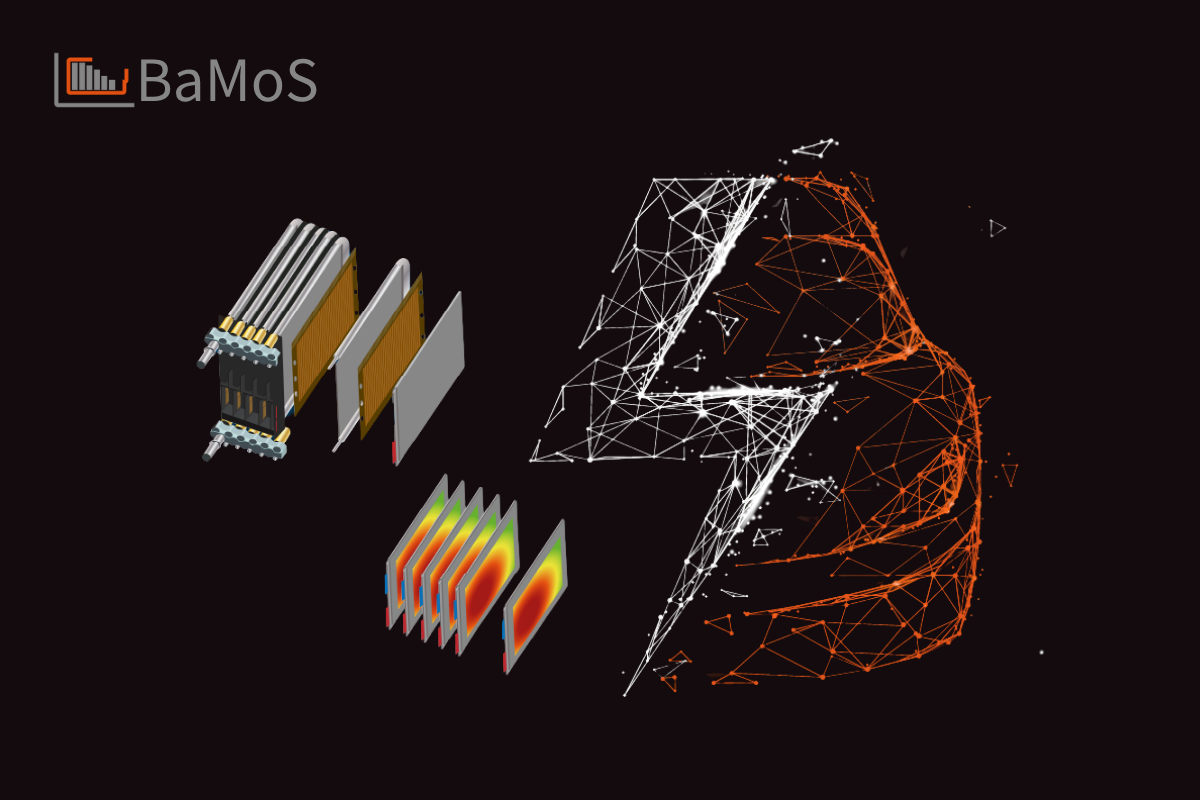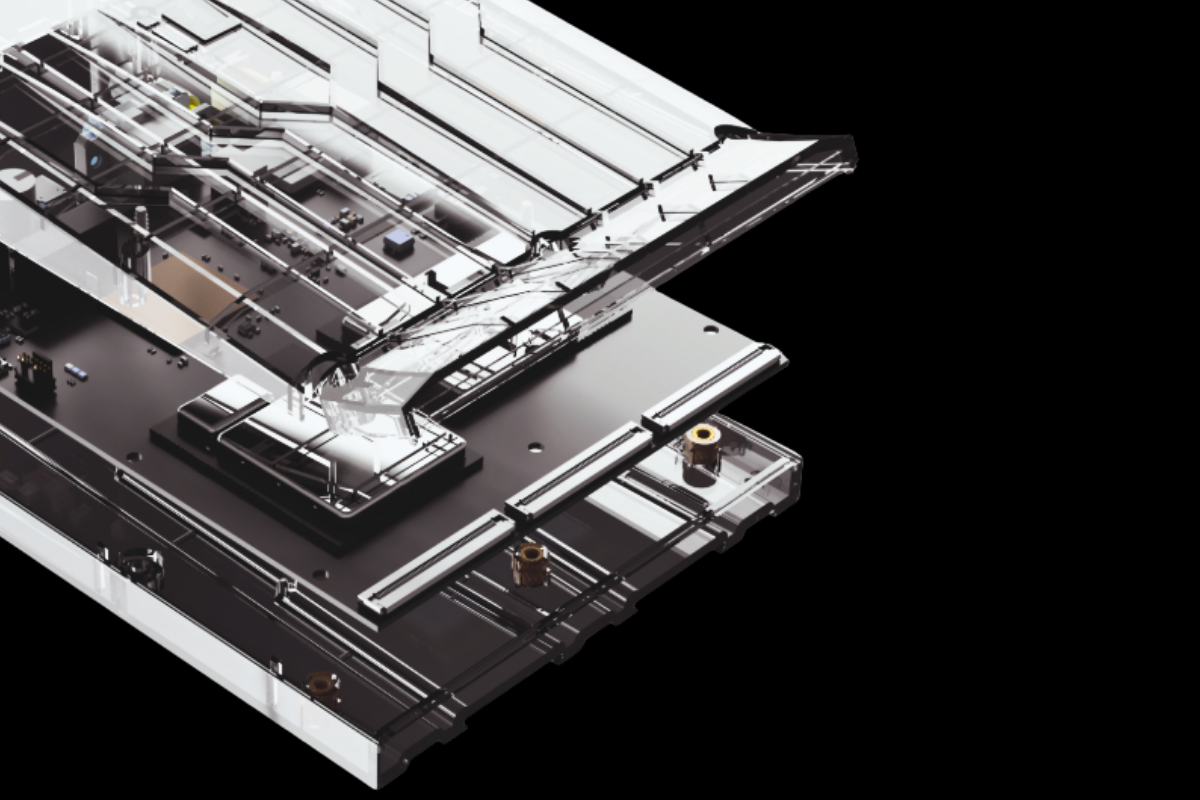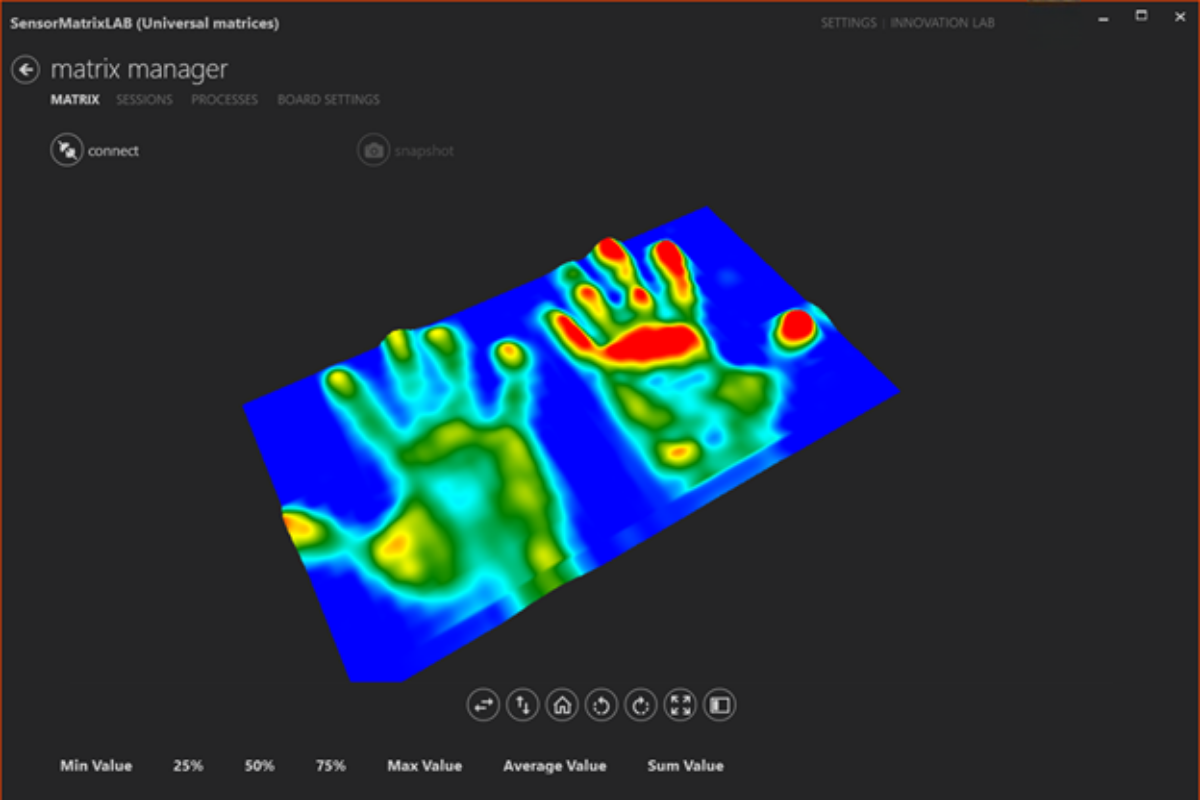Battery Monitoring Systems
Comprehensive battery monitoring with ultra-thin printed sensors captures detailed data at individual cell level. Real-time pressure and temperature monitoring optimizes performance, extends lifespan, and enhances safety.
BaMoS: FLEXOO's Battery Monitoring System
What is BaMoS?
BaMoS is an innovative battery monitoring solution utilizing ultra-thin printed pressure and temperature sensors for cell-level monitoring. The system comprises sensor foils, electronics for data collection and processing, and software for real-time visualization, storage, and analysis of battery performance parameters.


What problems does BaMoS solve?
BaMoS addresses critical battery challenges: prevents overcharging through pressure monitoring during cell volume fluctuations, enables cell balancing to maximize capacity and lifespan, detects temperature variations that affect performance, and provides granular cell-level data for proactive maintenance decisions.
Technical features of BaMoS
Advanced sensor matrices

- Pressure and temperature sensors printed on thin foils
- Standard and custom layouts available
- Prime pressure sensor architecture
- Humidity sensing and heating on demand
Crosstalk-free electronics

- Superior signal quality with 96x96 pixel resolution
- 12-bit signal conversion
- Stand-alone operation with EM interference shielding
- CAN, Ethernet, USB, WiFi, Bluetooth communication
Comprehensive software suite

- Live 2D and 3D visualization with data storage
- Real-time API streaming and sensor calibration
- HDR function for optimal sensor performance
- Simultaneous multi-foil readout capabilities
Battery monitoring for vehicles
See how BaMoS monitors every battery cell with ultra-thin printed sensors.
Use case applications for BaMoS

Electric vehicle battery packs

Stationary energy storage systems

Industrial UPS systems

Battery lifecycle testing
Why should you choose FLEXOO's battery monitoring system?
Frequently Asked Questions
Let’s start to work on your challenge!
Ready to take the next step? Reach out to our sales team today and discover how we can tailor our solutions to meet your needs.
Contact our sales team!
Is your question more specific and would you like to talk to an expert? Make sure to reach out sales experts, they will be happy to advise you!





